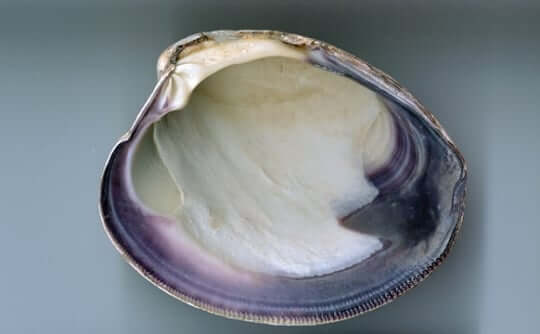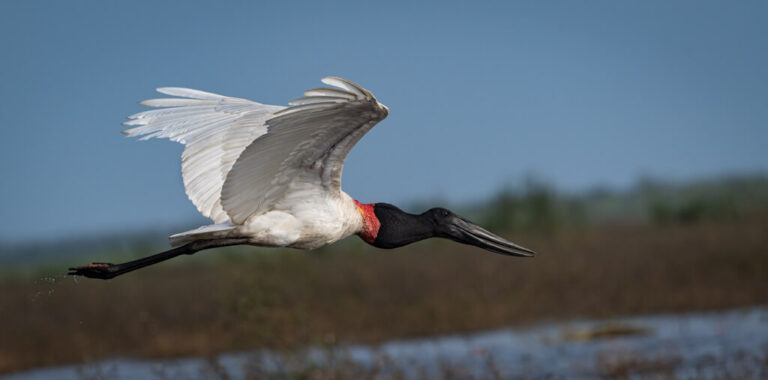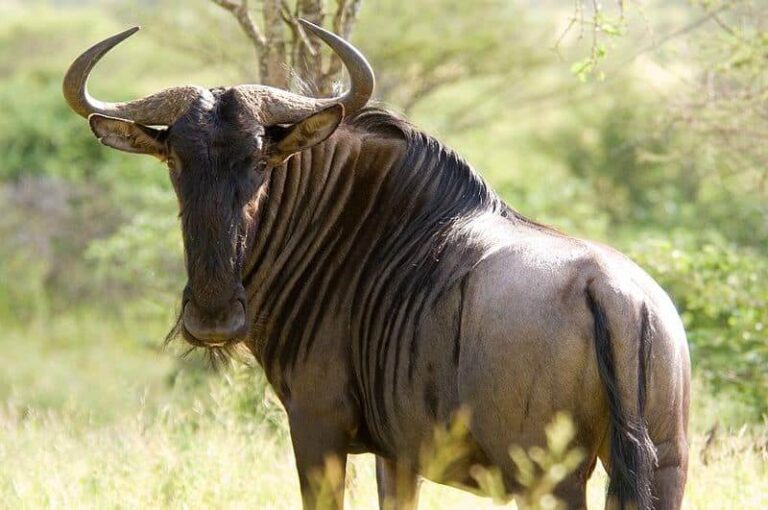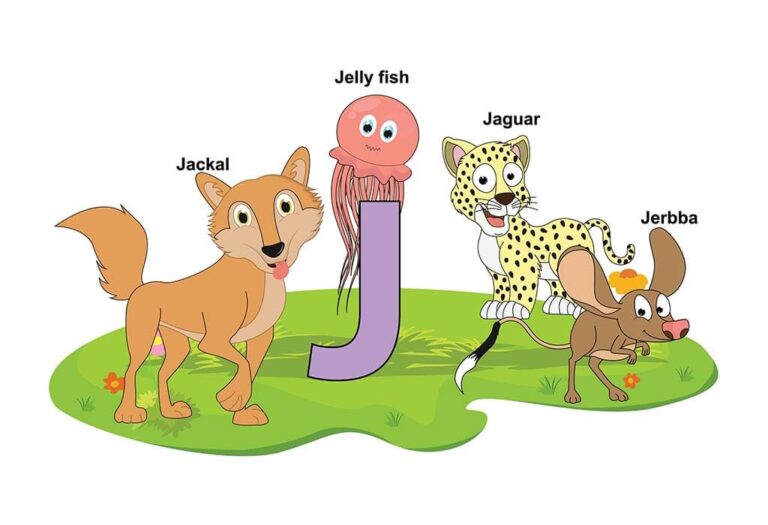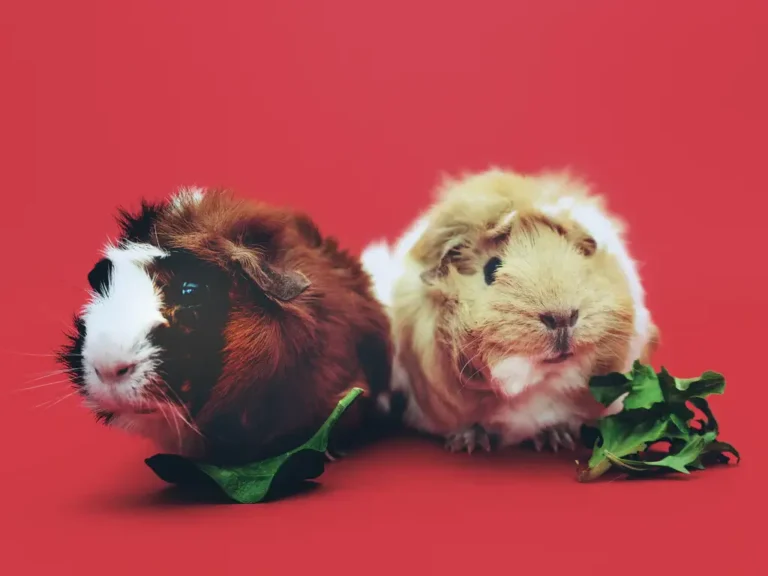Quahog: The Essential Clam of North America’s Coastlines
The Quahog, scientifically known as Mercenaria mercenaria, is a species of edible clam native to the eastern shores of North America. Also known as the hard clam, littleneck clam, or cherrystone clam, the Quahog is a staple in many coastal cuisines and holds cultural and ecological significance.
This article delves into the Quahog’s scientific classification, physical characteristics, habitat, behavior, diet, reproduction, predators, conservation status, interesting facts, evolutionary history, and its relationship with humans.
Contents
Scientific Classification
- Kingdom: Animalia
- Phylum: Mollusca
- Class: Bivalvia
- Order: Venerida
- Family: Veneridae
- Genus: Mercenaria
- Species: Mercenaria mercenaria
Physical Characteristics

Quahogs have a distinctive, oval-shaped shell that is thick and hard and varies from white to gray with purple streaks near the hinge. The shell’s exterior is ridged, and the inside is smooth with a glossy white to light purple appearance. The size of Quahogs can range from 2 to 6 inches, with the largest known as “chowder clams.”
- Shell Structure: Hard, ridged exterior with a smooth, glossy interior.
- Size: Typically 2-6 inches in diameter.
- Color: Varies from white to gray with possible purple hues near the hinge.
Habitat
Quahogs are found along the eastern coast of North America, from the Gulf of St. Lawrence in Canada to Florida in the United States. They thrive in estuarine environments with sandy, muddy, or gravelly substrates, often burrowing just below the surface. Quahogs prefer waters with moderate salinity and are usually found at depths ranging from the intertidal zone to around 50 feet.
- Geographical Range: Eastern coast of North America.
- Preferred Environment: Sandy, muddy, or gravelly seabeds.
- Depth: Intertidal zone to 50 feet.
Behavior

Quahogs are relatively sedentary and spend most of their lives buried in sediment, using their muscular foot to anchor themselves or make slight movements. They filter-feed by drawing water into their shells, extracting plankton and organic particles through their gills. Quahogs are known for their resilience and can survive in varying salinity and temperature conditions.
- Movement: Limited, burrowing slightly within the sediment.
- Feeding Mechanism: Filter-feeding through gills.
- Adaptability: Can survive in varying environmental conditions.
Diet
Quahogs primarily feed on plankton, microscopic algae, and organic detritus suspended in the water. They filter their food through their gills, capturing tiny particles and expelling the filtered water. This diet not only sustains them but also contributes to the health of their ecosystem by filtering and clarifying the water.
- Primary Diet: Plankton, microscopic algae, organic detritus.
- Feeding Method: Filter-feeding.
Reproduction
Quahogs reproduce through a process called external fertilization. During spawning, males and females release sperm and eggs into the water, where fertilization occurs. Spawning typically happens in the warmer months of spring and summer. The fertilized eggs develop into free-swimming larvae, which eventually settle to the seafloor and mature into adult clams.
- Reproduction Type: External fertilization.
- Spawning Season: Spring and summer.
- Development: Free-swimming larvae that settle and mature.
Predators
Quahogs face predation from various marine animals, including crabs, starfish, whelks, and fish species. Birds like seagulls may also prey on exposed Quahogs during low tides. Humans are also significant predators due to the high demand for Quahogs in the seafood industry.
- Natural Predators: Crabs, starfish, whelks, fish, seagulls.
- Human Predation: Harvested for seafood.
Conservation Status
The Quahog is not considered endangered; however, its populations can be affected by overharvesting, habitat degradation, and pollution. Sustainable fishing practices and management regulations help protect Quahog populations. Aquaculture also plays a significant role in maintaining their numbers in the wild.
- Status: Not endangered.
- Threats: Overharvesting, habitat loss, pollution.
- Conservation Efforts: Sustainable management and aquaculture.
Interesting Facts
- Quahogs can live up to 40 years, making them one of the longest-living bivalves.
- They are often used in traditional New England dishes, such as clam chowder and stuffed clams.
- “Quahog” comes from the Narragansett Native American word “poquauhock.”
Evolutionary History
Quahogs have a long evolutionary history dating back millions of years. Fossil evidence suggests that bivalves, like the Quahog, have been present since the Cambrian period. Over time, they have adapted to various marine environments, making them one of the most resilient mollusks.
Relationship with Humans
Quahogs have been harvested by humans for centuries, playing a significant role in the diets of Native American tribes and early European settlers. Today, they are a valuable resource for the commercially harvested and farmed seafood industry. Quahogs also contribute to water quality through filter feeding, benefiting coastal ecosystems.
Conclusion
The Quahog is more than just a seafood delicacy; it is a vital component of coastal ecosystems and has a rich cultural history. The Quahog’s importance cannot be overstated, from its role in traditional dishes to its ecological benefits. Understanding its biology, behavior, and conservation needs helps ensure that this resilient species remains a staple of marine life and human cuisine for generations.
- Are Rottweilers Good With Kids? Reasons & Training Tips - 17 September 2025
- How Long Are Dogs Pregnant: Complete Guide - 16 September 2025
- German Shepherd Doberman Mix: Info, Pictures, Care & More - 11 September 2025

